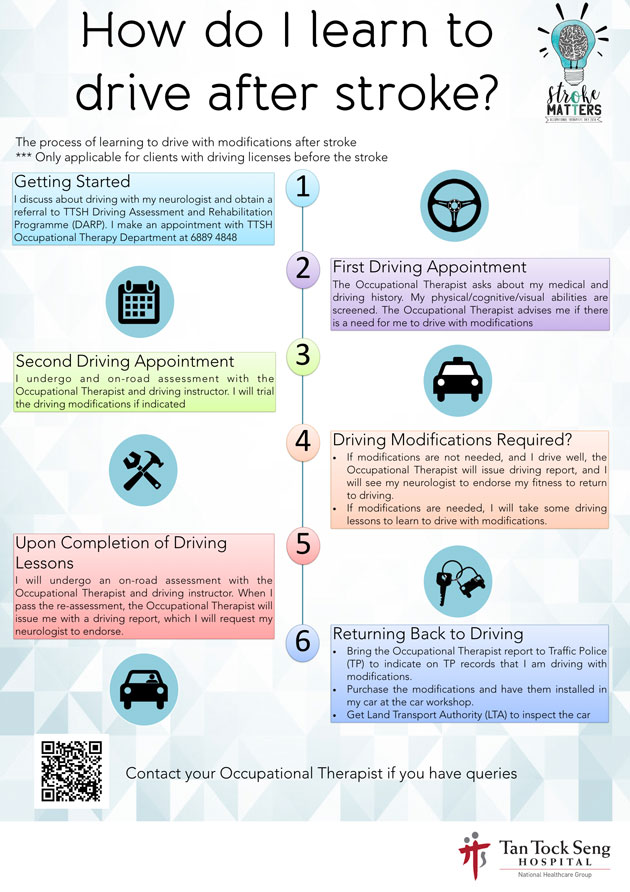Individuals affected by conditions like stroke, head injury, Parkinson's disease, or motor neurone disease often face challenges in motor, cognitive, or perceptual functions. The focus is on improving these functions to restore independence.
Our services
- Cognitive and perceptual assessment and re-training
- Caregiver education and training
- Prescription and guidance on using adaptive equipment
- Home assessments and modifications
- Assessment and re-training of self-care activities
- Seating and positioning support
Occupational therapy for stroke patients
Stroke is a common condition and Occupational Therapists play a very vital role in the multidisciplinary care of a stroke patient. After a thorough assessment of the stroke patient's condition, the Occupational Therapist works with patients to achieve their rehabilitation goals.
The aims of interventions are to help patients regain independence as much as possible and to train caregivers as well. Common interventions include training patients in activities of daily living, cognitive strategies, use of the affected upper limb in functional activities and others. The following posters provide some tips for patients and caregivers.
Upper limb rehab
Whilst it may be challenging to regain full function of the affected upper limb after stroke, the stroke survivor can still learn to use residual functions in self-care activities with training.
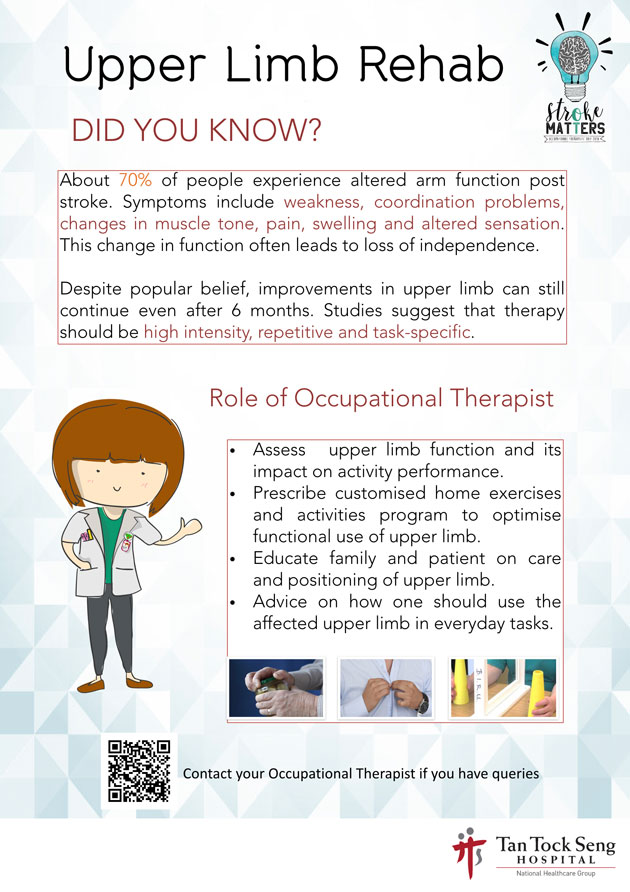
Stroke can affect one's cognitive function in many different aspects. Patients may experience poorer memory, difficulty sustaining attention or planning, among other difficulties. Occupational therapists can provide cognitive strategies to help patients and family cope better with their daily routine.
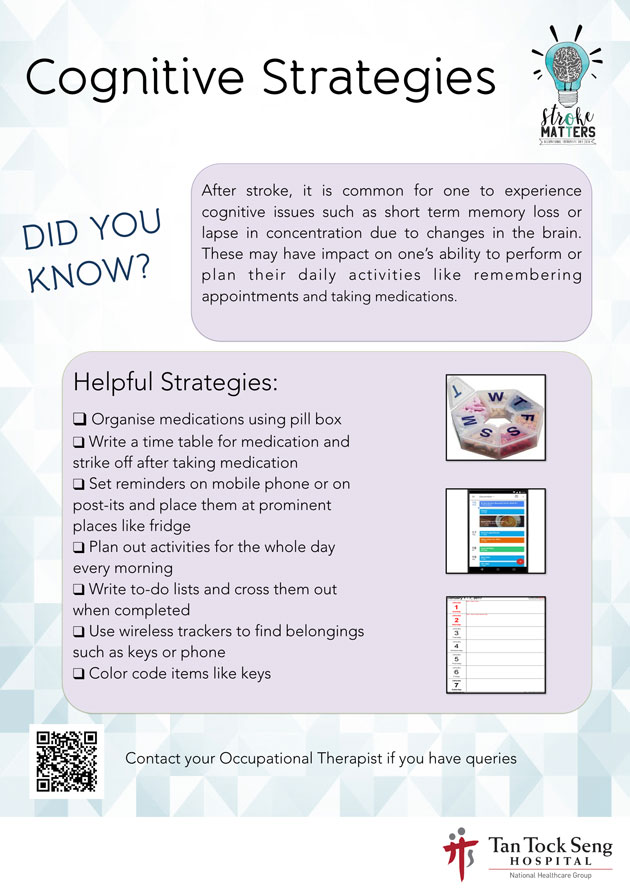
Occupational Therapists are concerned about how the stroke survivor will be able to carry out their self care, and hence therapy includes training in daily task of dressing. Often times, simple modifications and adjustments are needed ie.choosing garments with stretchable material, changing small buttons to velcro fasteners, to help patients be as independent as possible. The impairments experienced by each patient are different, and therefore the Occupational therapists will tailor advice based on individual needs.
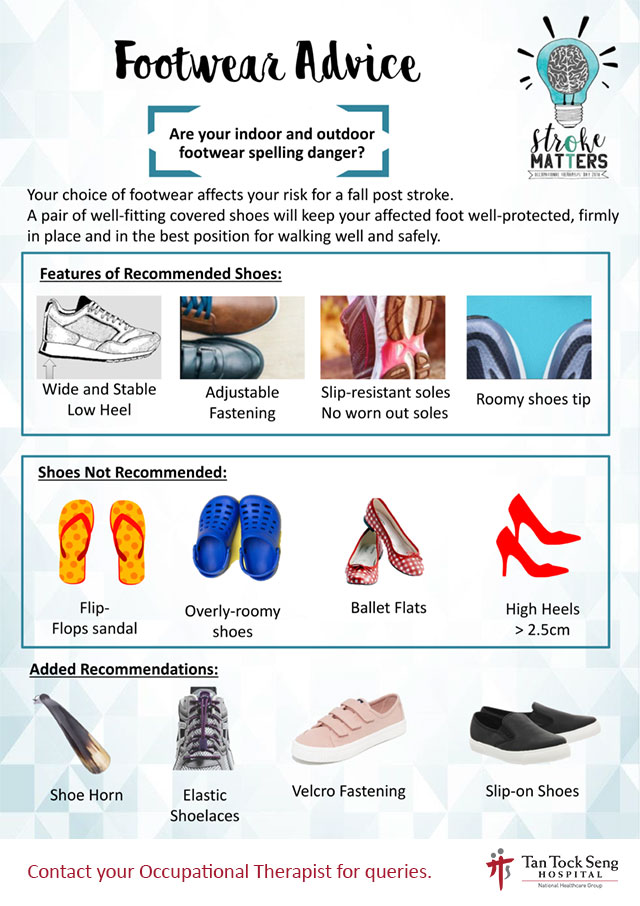
Many mobile applications have been developed to educate and aid stroke survivors and caregivers in their rehabilitation and management of daily routine. The list of recommended apps above is non exhaustive, neither would they be suitable for all stroke patients but have been reviewed to be useful for the listed purposes.
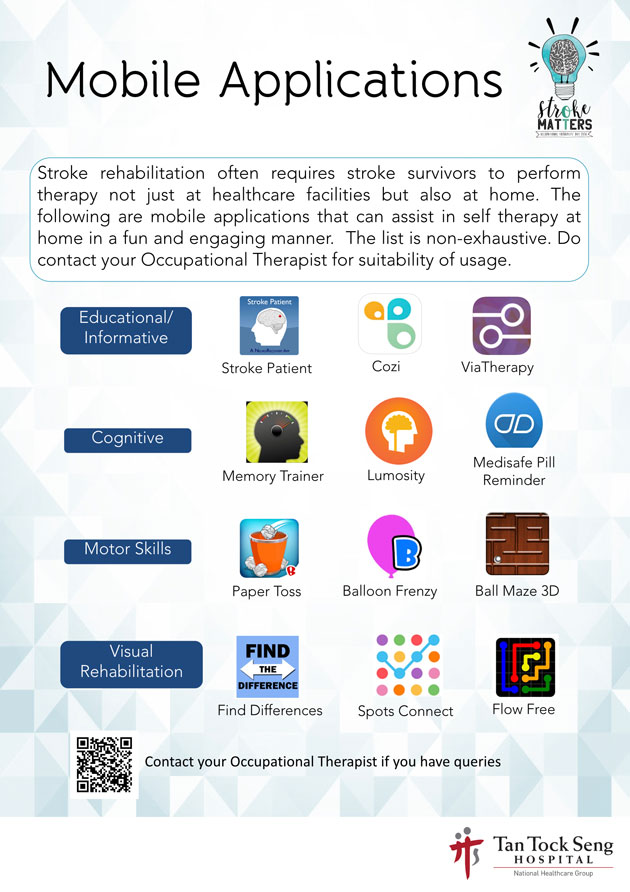
Driving is an important task for many people. Stroke survivors may still be able to drive if they fulfil requirements by the Singapore medical association ie.that patients pass a driving assessment by an Occupational therapists, and are certified fit by their Neurologists. Some modifications to the car may be required, and the Occupational therapists will be able to train the patients in the use of these.
